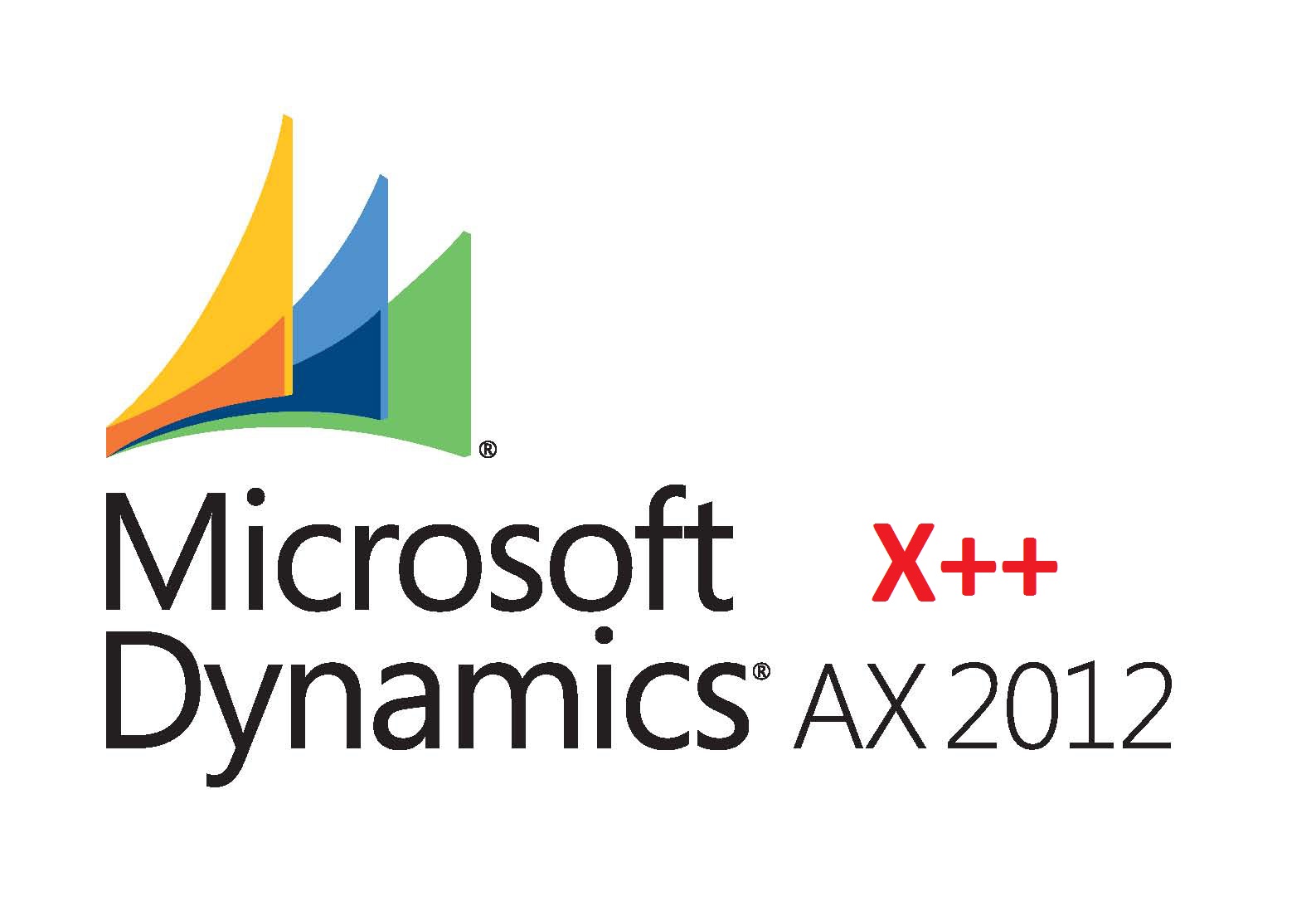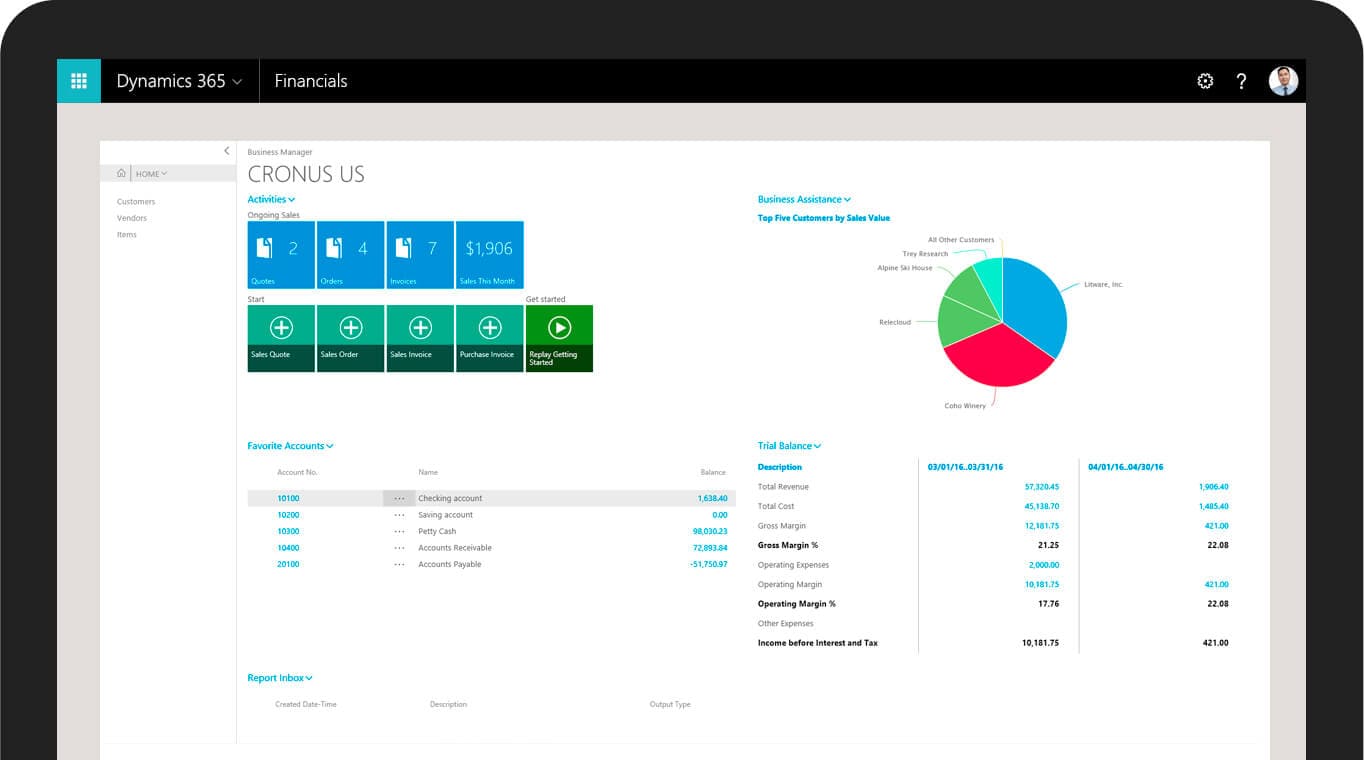Args is your companion in the world of X++ especially when passing parameters in Microsoft Dynamics AX. Args is an abbreviation for arguments. It allows you to pass information from one object to another newly created object. I utilize it frequently to pass the objects, records, strings, etc that I need to have in scope while accessing the object from another object. It’s very easy to utilize the Args class to get the desired result you’re looking for.
The following example demonstrates how to create an instance of the Args class:
Declaration of Args
Args args = new Args(); CustTable custTable;
Setting record is Args
select custTable where custTable.AccountNum == ‘XXXX’
if(custTable)
{
args.record(custTable);
}
Some important methods of Args class
Caller
Get or sets the instance of the object that created this instance of the Args class.
Name
Gets and sets the name of the application object to call.
Parm
Gets or sets a string that specifies miscellaneous information for the called object.
parmEnum
Gets or sets the enumeration value of the enumeration type that is specified in the parmEnumType method.
parmEnmType
Gets or sets the ID value of any enumeration type.
ParmObject
Gets or sets an instance of any object to pass, to the called object.
Record
Gets and sets the record from the table on which the caller object is working.
Sample Code For Setting Value in Args
Create an instance of the Args and custom class.
Args args;
CustTable custTable;
//custom class object to pass
Student student= new Student();
args = new args();
Set the parameter which you want to pass. If you just want to pass a simple string you can do it like this
args.parm("Hello World");
If you want to pass an enum value you can do so via following code.
args.parmEnum( NoYesEnumValue.selection() );
args.parmEnumType( EnumNum( NoYes ) );
If you want to pass table buffer in parameter
args.record( EmplTable );
If we want pass a more complex set of parameters, you can develop your own class just for passing those parameters.
student.parmName(‘William’ );
student.parmRollNum(‘st-123‘);
args.parmObject(student);
If you to pass records from a table, use following code.
select custTable where custTable.AccountNum == ‘XXXX’
if(custTable)
{
args.record(custTable);
}
Sample Code For Getting Value From Args
Create an instance of the Args class and your custom class.
Args args;
CustTable custTable;
//custom class object to pass
Student student= new Student();
args = new args();
Check that the passed arguments are not null
if( element.args() )
{
.....
}
Get string value
strValue.text( element.args().parm() );
Check parmEnum is not null and then get enum parameter
if( element.args().parmEnumType() == EnumNum( NoYes ) )
{
NoYesEnumValue.selection( element.args().parmEnum() );
}
Check parmEnum is not null and then get object
if( element.args().parmObject() )
{
student = element.args().parmObject();
}
Check that the table buffer is not null and then get record.
if( element.args().record() && element.args().record().TableId == TableNum( CustTable ) )
{
custTable= element.args().record();
}
ABOUT Folio3 Dynamics Services
As Dynamics AX experts we specialize in Dynamics AX development including Dynamics AX customization, integration, implementation and mobility solutions. If you have a Dynamics AX development requirement you would like to discuss or would like to know more about our Dynamics AX development services, please get in touch with us.



